
In this sports-focused blog post, Firstbeat’s Customer Success Manager, Joel Wenning, examines the importance of internal load and why this data should be the priority when it comes to athlete monitoring.
Understanding Different Metrics
Distance. Kilometer. What an easy metric and unit to understand. From a very young age, everyone knows what a kilometer is. What’s the distance between your home and your school? What’s the distance between your home and nearest grocery store? Everyone can understand this.
Heartbeat? Heartrate? It’s not as easy to understand. What does it tell you? The heartbeat has been around from the very beginning, before we even realized as humans what it was. Everyone has it – their unique motor, which will serve them their whole life.
Internal and External Load
Putting philosophy aside, what do those two metrics tell us about training load? In a broader perspective, what do external and internal metrics tell us about training load?
External load. As we pointed out earlier, kilometers, speed and most other external load metrics are very easy to understand, compare between athletes, and to control. That’s why coaches like to use them. External load represents all the training modalities imposed on the athlete.
When you combine external load with individual characteristics like sleep, nutrition, stress and other factors, you get a full picture of the athlete’s experience, called the Internal Training Load. It represents an individual athlete’s response to the external load.
Although monitoring external load may be easier to understand, it is the internal training load that drives adaptation in the body, so it’s vital we monitor this aspect of training above all others.
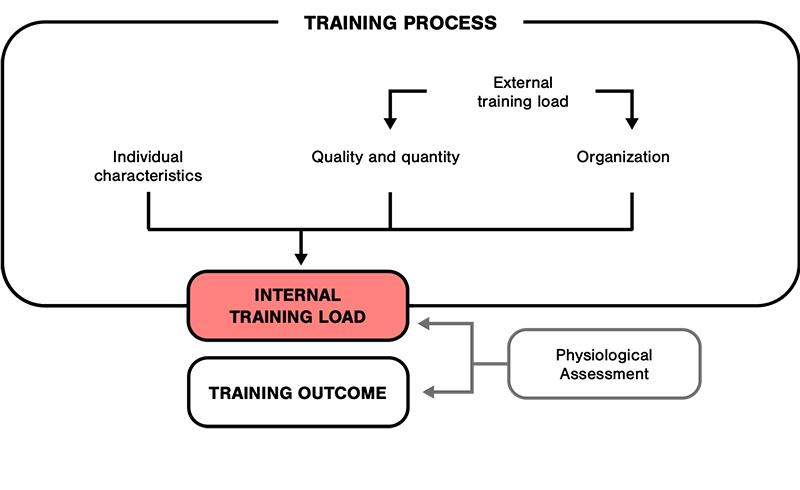
The training process (Impellizzeri et al. 2005)
Internal stress usually results in positive changes in your body, which can be seen as better movement in the external environment. In other words, what happens inside of our body determines how we move in the external environment.
A Coach’s Goal is to Improve Athlete Performance as Much as Possible
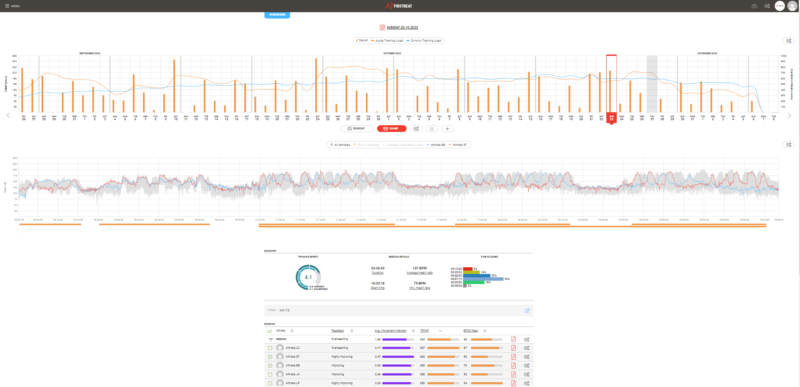
Firstbeat’s data shows instant real-time feedback the training effect on athletes
As a coach, my goal is to stress the athletes as much as possible to get as much improvement as possible, but without overtraining the athletes and causing a dramatic decrease in performance.
The problem with managing the training load only using external load is that each athlete responds to the same situation differently. The same external training load can cause a very different internal load in different athletes on different days. This results in different training adaptations and therefore results in different improvements in performance.
The same training session, for example an interval session 4×5 min with a speed of 15 km/h and 3-minute breaks in between, causes adaptations of very different magnitudes in different athletes. For some players the workout load could be improving, for others overreaching, and for others maintaining. But just by looking at the external load, you will never exactly know how hard the training has been for the athlete.
In that particular training you wouldn’t probably notice if someone is very stressed, exhausted, or getting sick just by looking at the sprint speeds or at the facial expressions of the athletes.
It’s also important to remember that a particular action and the internal load it results in can be very context specific. A 40m sprint when fresh is easy but try it at the end of a marathon race and it’s much more difficult!
Also, the same training session can cause adaptations of very different magnitudes within one athlete depending how stressful life in general is, in what shape he is in, or if he is getting sick. What does this mean? Well, the same external load one day can lead to sickness and push the body over the edge, while another day, the same load may not even be enough to promote a stressor large enough for adaptation (this is an extreme example.)
Adaptations to Training
Every athlete will respond differently to any given training session, and each athlete will respond differently to the same stimulus from day to day. Therefore, we need to measure internal load every session to keep a running check on those responses.
At the end of the day, we should remember that our job is not to turn our athletes into professional exercisers, it is to get them better at their particular sport.
The internal state of the body will always play a larger role than the external load imposed upon the body. No matter how perfect a training program may appear, if an athlete is not able to deal with such external loads, there is no way the desired internal adaptations will take place.
Let’s finish by using a helpful cooking analogy my colleague at Firstbeat, Sports Scientist Graham Stark uses to highlight the important of monitoring internal training load:
“Your ingredients (external training load) are thrown into the pot, you put the lid on for 30 minutes and see what happens at the end. It could be good, it could be bad, but you don’t know until it’s on the plate (competition day). But take the lid off during cooking, taste the food on the way, make sure the ingredients are doing what they’re supposed to, and make adjustments as required, this is like monitoring the internal load to make sure the resultant meal turns out just as you wanted it.”
You might also be interested in
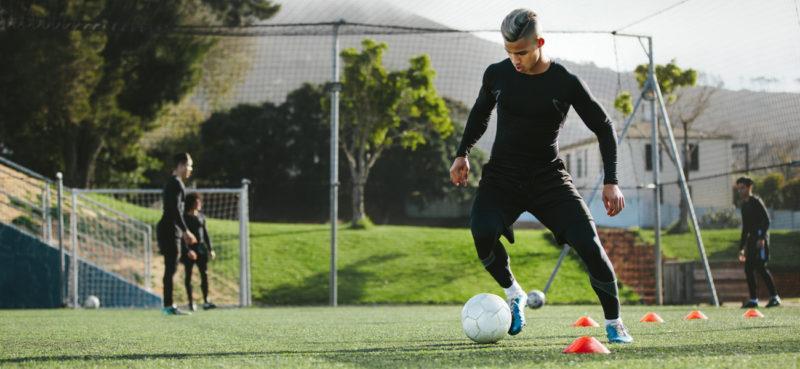
Why Monitor Internal Load in Elite Sports?
A look at the what, how and why of internal load monitoring and why it should form part of your training program.
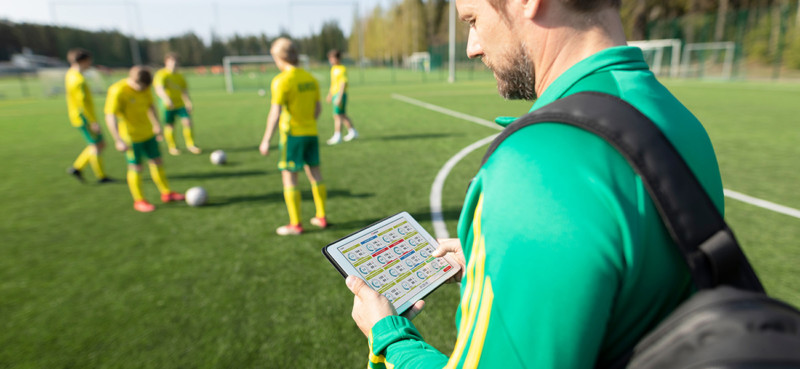
Understanding Athlete Training Load: The Benefits of Real-Time Monitoring
Real-time monitoring offers insights that inform decisions like adjusting the intensity and layout of the ongoing practice to make sure predetermined targets are met.
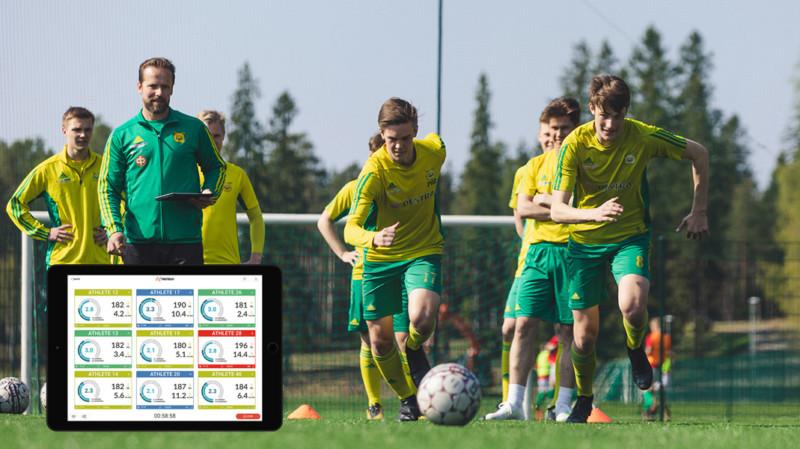
Movement Load: Add Valuable Context to Internal Load Data
Movement Load metric allows you to quantify the movement of your athletes using the Firstbeat Sports platform. But what exactly is Movement Load? What should you do with information it…



